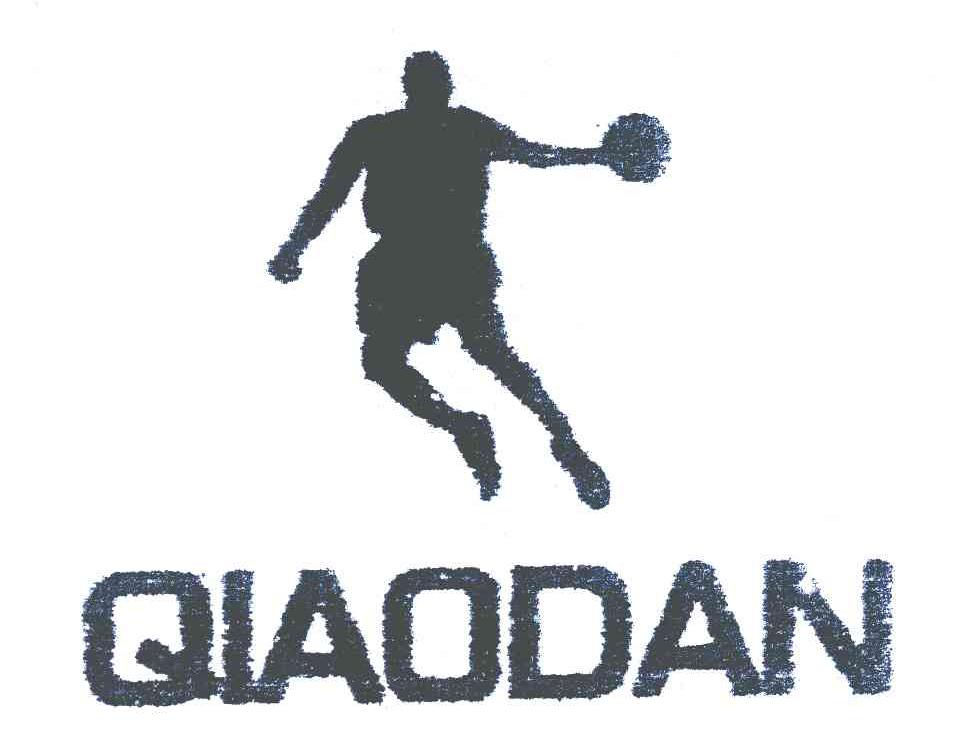The Lesson for "Michael Jordan" - Registering Chinese Transliteration of Names As Trademarks
Introduction
What first comes to your mind when you look at this logo ? Do you think of the basketball player Michael Jordan (“Jordan”)? In fact, it has been one of the PRC registered trademarks of the Fujian-based stranger Qiaodan Sports Joint Stock Company (“Qiaodan”).
? Do you think of the basketball player Michael Jordan (“Jordan”)? In fact, it has been one of the PRC registered trademarks of the Fujian-based stranger Qiaodan Sports Joint Stock Company (“Qiaodan”).
On 18 June 2015, what may appear as a surprise to Jordan and many others, the Beijing Higher People’s Court (the “BJHPC”) dismissed Jordan’s action for cancellation in respect of 32 out of the 78 trademarks against Qiaodan. This article seeks to examine the BJHPC’s decision and what international brands may do to enhance protection of their brands in China.
Facts
Some time in or before 2012, Jordan became aware of the Qiaodan brand and its registered trademarks in China which incorporated its logo and/or the words “乔丹” or “QIAODAN”. Qiaodan’s logo encompasses a silhouette of a basketball player. It is accused of bearing a strong similarity to the Jordan Brand’s logo  which features a silhouette of Jordan performing a dunk. Meanwhile, one of the Mandarin translations of “Jordan” is “Qiaodan”.
which features a silhouette of Jordan performing a dunk. Meanwhile, one of the Mandarin translations of “Jordan” is “Qiaodan”.
Jordan perceived that the public in China might be confused as to the origin of Qiaodan’s goods to which its trademarks are applied, which may be harmful to his image and/or business interests in China. Jordan and Nike, Inc., the manager of the Jordan Brand, therefore commenced proceedings in the Trademark Review and Adjudication Board (the “TRAB”) seeking to cancel Qiaodan’s trademark registrations. The TRAB and the Beijing First Intermediate People’s Court (on appeal) dismissed Jordan’s action, and Jordan lodged a further appeal with the BJHPC.
Jordan’s Claims
Jordan sought to rely upon the following causes of action:
1. breach of the principles of honesty and credibility;
2. unauthorised use of another person’s name and thereby leading people to mistake their commodities for those of the said person;
3. registration by deception or other illegitimate means;
4. signs having other unwholesome influences; and
5. infringement upon another person's existing prior right.
Jordan claimed that as he is very widely known in China, when the Chinese public viewed signs identical or similar to “乔丹” or “QIAODAN”, they would associate such signs with Jordan. According to Jordan, Qiaodan and its associated companies registered a large number of trademarks related to Jordan, when they had actually known or ought to have known of Jordan’s fame and reputation; this would give rise to causes of action (1) and (2) above. For cause of action (4), Jordan claimed that Qiaodan did not have any business dealings with Jordan and he has never granted any licence to Qiaodan. The public confusion and disturbance to the market would generate unwholesome influences.
Further, Jordan claimed that the large-scale application and registration of Jordan-related marks and other marks by Qiaodan and its associated companies was an abuse of administrative examination resources and disturbed the trademark registration order. This according to Jordan would give rise to cause of action (3). For cause of action (5), Jordan claimed that Qiaodan’s registered trademarks infringe upon his name right and image right.
BJHPC’s Judgment
As the words “乔丹” do not exclusively refer to “Jordan”, and “Jordan” is a common American surname, the evidence does not support the notion that Qiaodan’s registered trademarks with the words “乔丹” determinatively refer to Jordan. Qiaodan’s logo shows a person’s silhouette without any facial features; it is hard for the relevant public to identify it as Jordan’s image. Hence, the BJHPC ruled against Jordan on cause of action (5).
BJHPC held that “unwholesome influences” referred to in cause of action (4) refers to the inherent character of the trademark, i.e. whether a trademark would potentially cause an adverse impact brought upon public interest and order, and generally does not cover the possible confusion resulting from its use. Whereas only Jordan’s personal interest in civil proceedings was involved, and there are alternative remedies under the Trademark Law for public confusion, cause of action (4) also failed.
As for cause of action (3), the BJHPC held that the claim should be based on an illegitimate “means” to obtain registration but not the illegitimacy of the “purpose” of registration. Whether or not the actual use of Qiaodan’s registered trademarks would cause public confusion, it does not fall within the ambit of deception or other illegitimate means to obtain registration. In fact, inadequate evidence was adduced to demonstrate that Qiaodan’s trademark registrations were obtained by deception. The TRAB previously held that although Qiaodan owns almost 200 trademark registrations in China, most of those registrations are defensive in nature and do not amount to trademark squatting on a large scale. Through substantial use, Qiaodan’s registered trademarks have formed a close connection with Qiaodan, and the accumulated goodwill and interests should belong to the actual user, i.e. Qiaodan. This finding was not disturbed by the appellate courts, and by inference, Jordan failed on causes of action (1) and (2).
Reflection
Jordan’s case is not the only instance of widespread trademark disputes involving international brands in the booming market of China. Starbucks, for example, claimed and won its trademark case against a coffee shop operating as “Xingbake” (the Mandarin transliteration of “星巴克”, the Chinese name of Starbucks). But numerous claims commenced by other famous international brands have failed like the Jordan’s case.
To succeed in trademark disputes in China, as in other litigation matters, well-pleaded grounds and solid evidence are crucial. In Jordan’s case, Nike, Inc. attempted to adduce as fresh evidence before the BJHPC a marketing survey which reveals that 68% of the interviewees thought of Jordan when they heard of the name “Qiaodan”. The BJHPC ruled that such evidence was inadmissible because it did not form part of the basis of the TRAB’s decision, and public confusion in actual use of the trademark was not the issue in dispute in Jordan’s case.
After all, prevention is better than cure. While trademarks are territory-specific, a foreign registered trademark, even a well-known trademark, would not be guaranteed full rights against infringement in China. With the widespread counterfeiting phenomenon in China, it is advisable for an international brand to register its brand and the brand’s to-be-adopted Chinese name as trademarks in China before entering the Chinese market. The registration would (i) afford remedies in infringement actions, (ii) assist to block subsequent identical or similar registrations, and (iii) confer right to oppose before an imitator’s trademark could be registered, thereby enhancing brand owners’ rights and privileges associated with their brand and minimising the chances of abuse of their goodwill.
For enquiries, please contact our Intellectual Property & Technology Department: |
E: ip@onc.hk T: (852) 2810 1212 19th Floor, Three Exchange Square, 8 Connaught Place, Central, Hong Kong |
Important: The law and procedure on this subject are very specialised and complicated. This article is just a very general outline for reference and cannot be relied upon as legal advice in any individual case. If any advice or assistance is needed, please contact our solicitors. |
Published by ONC Lawyers © 2015 |








